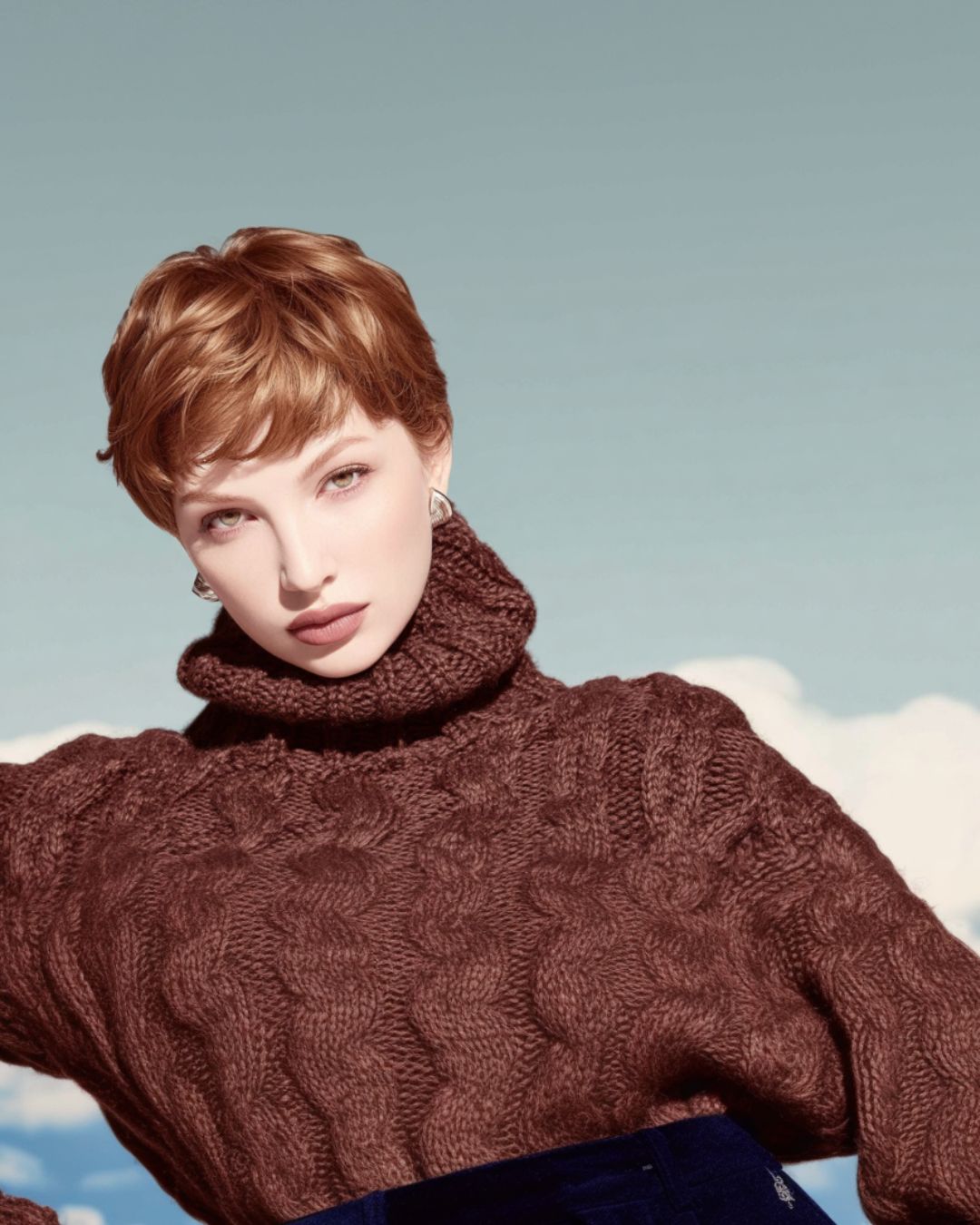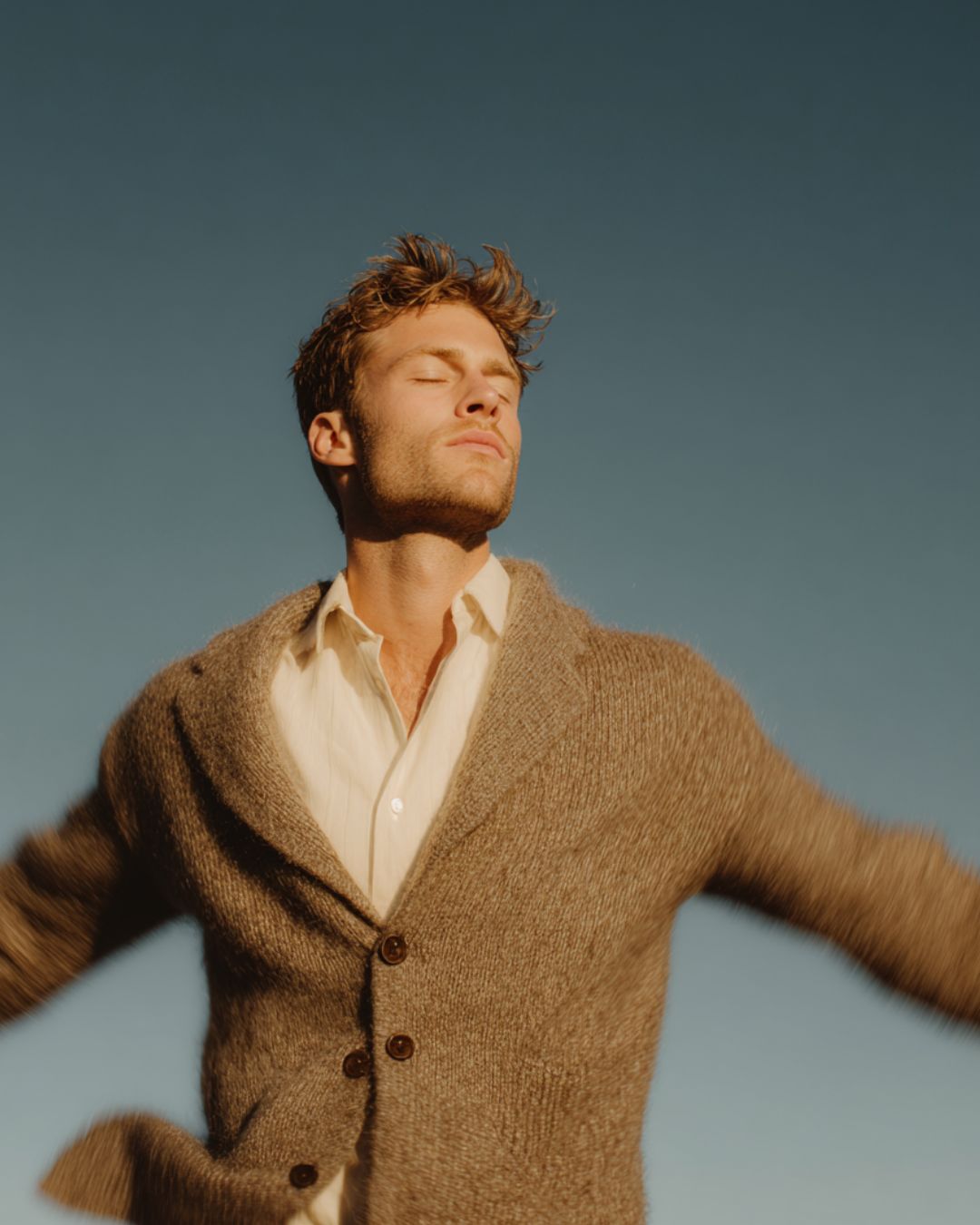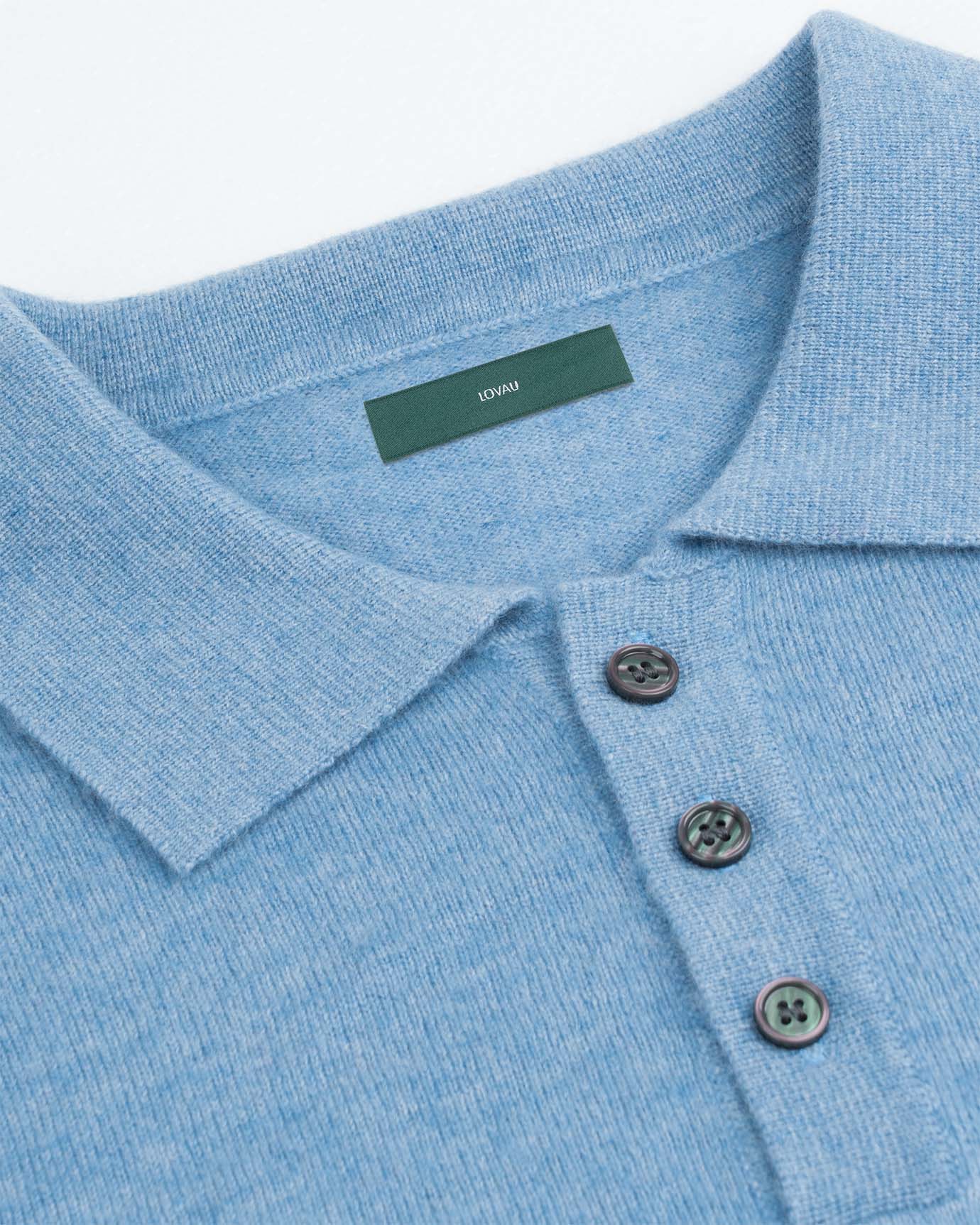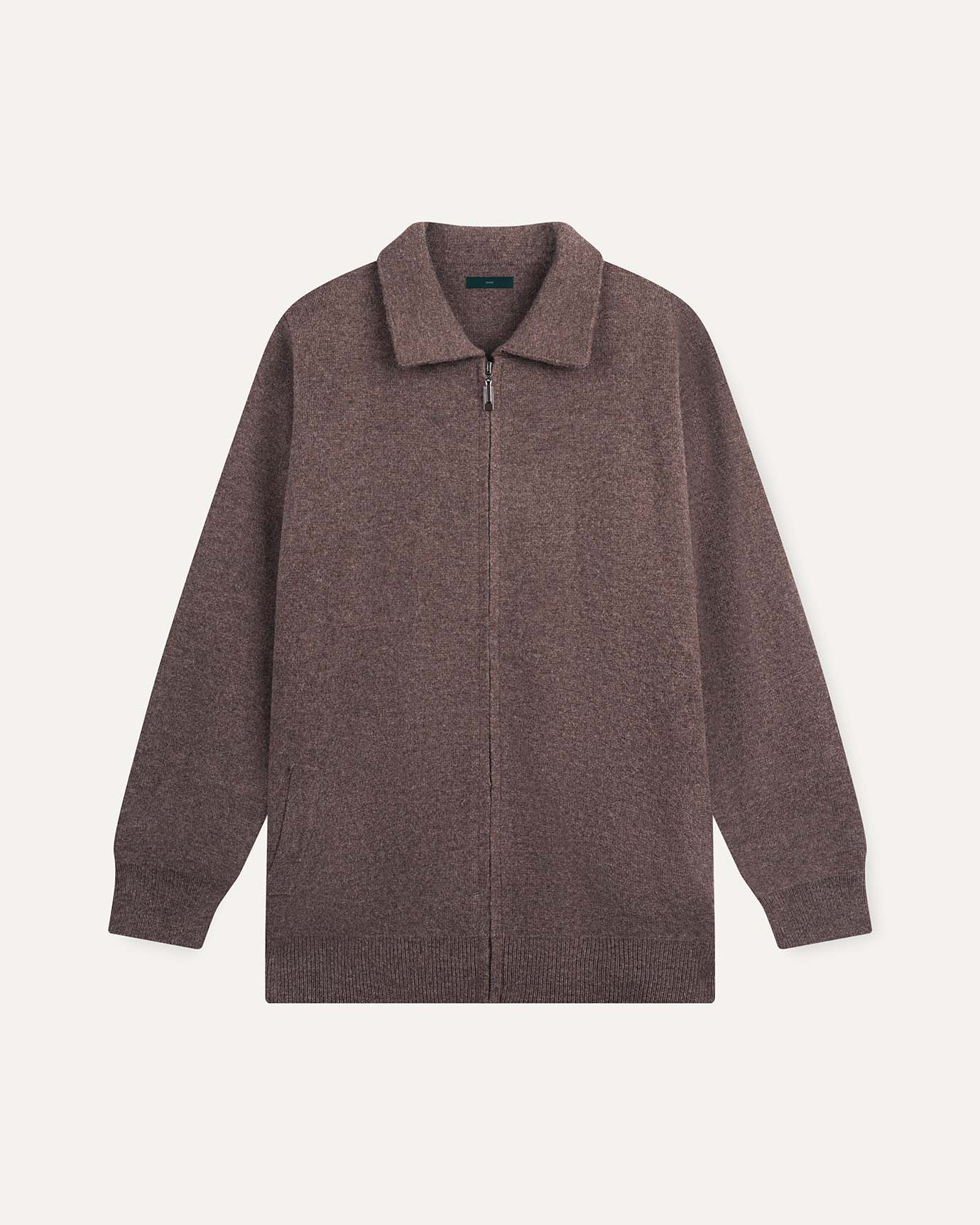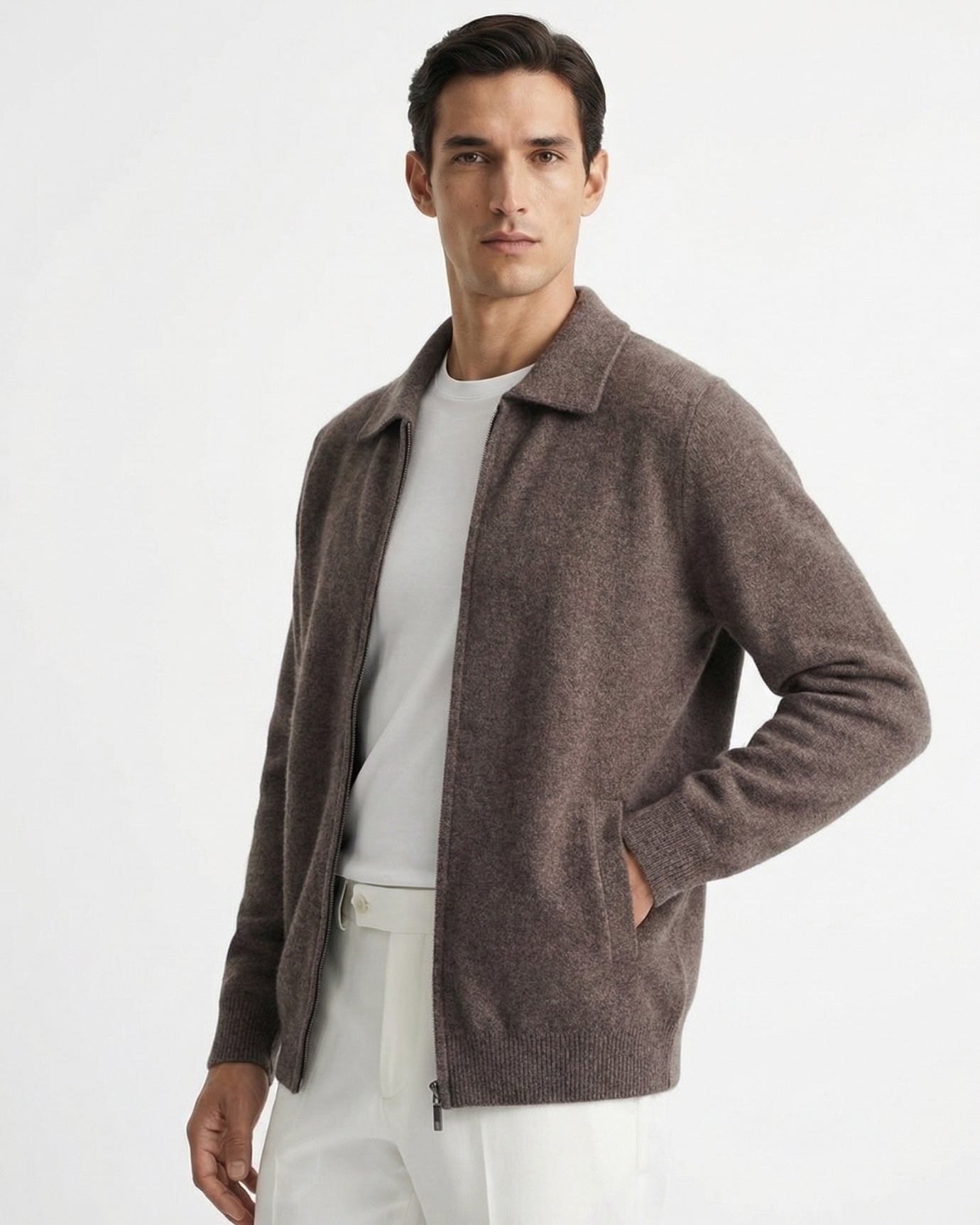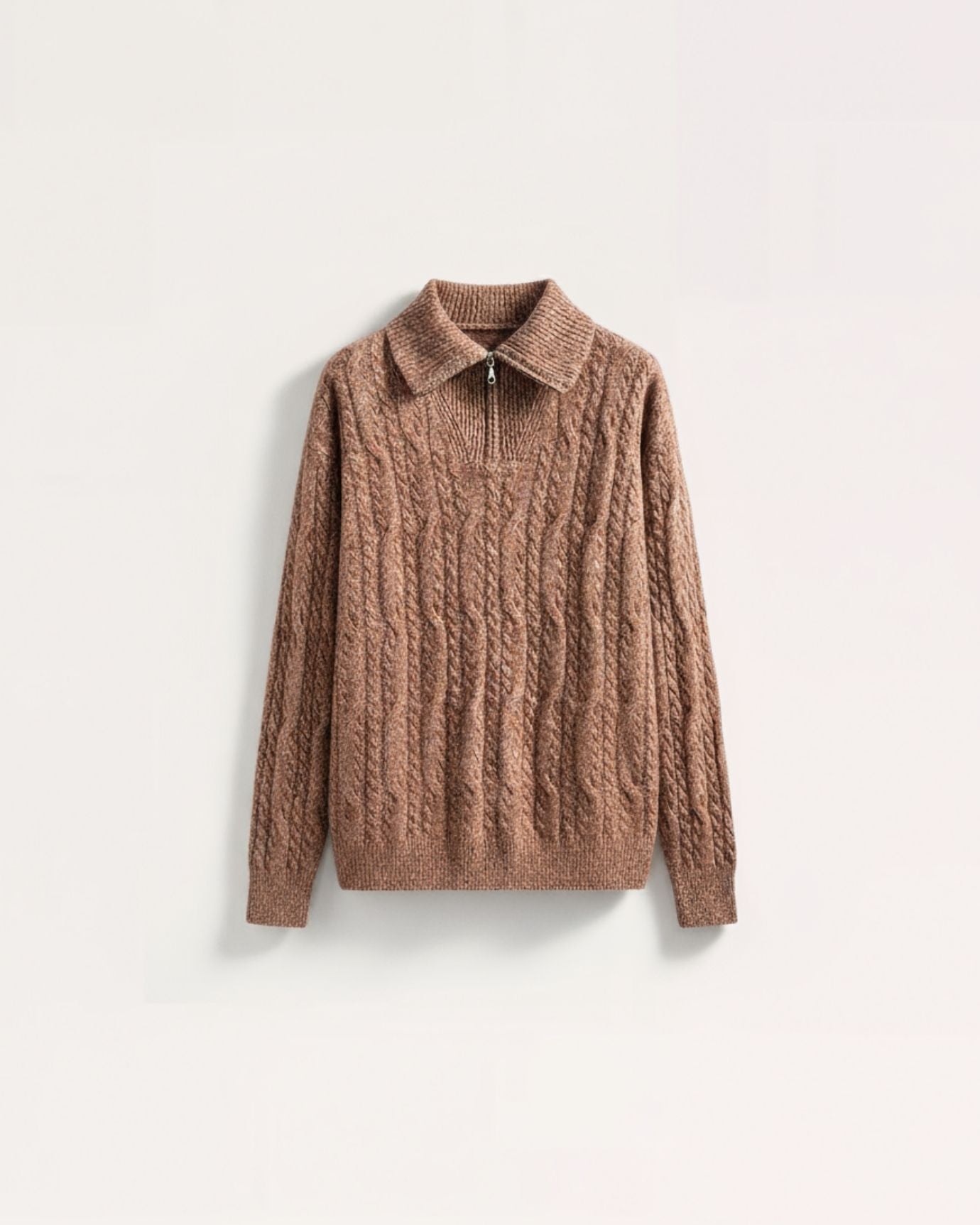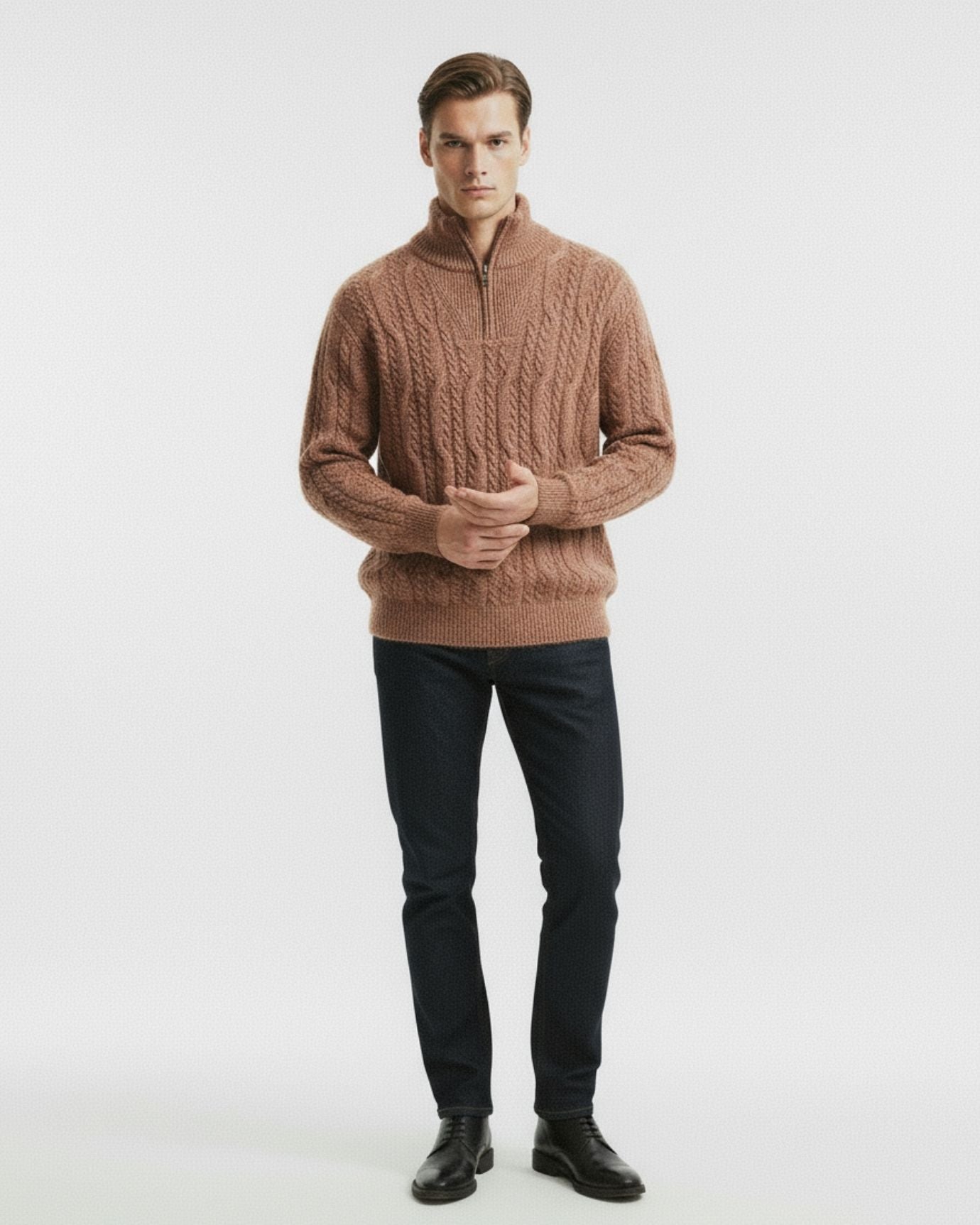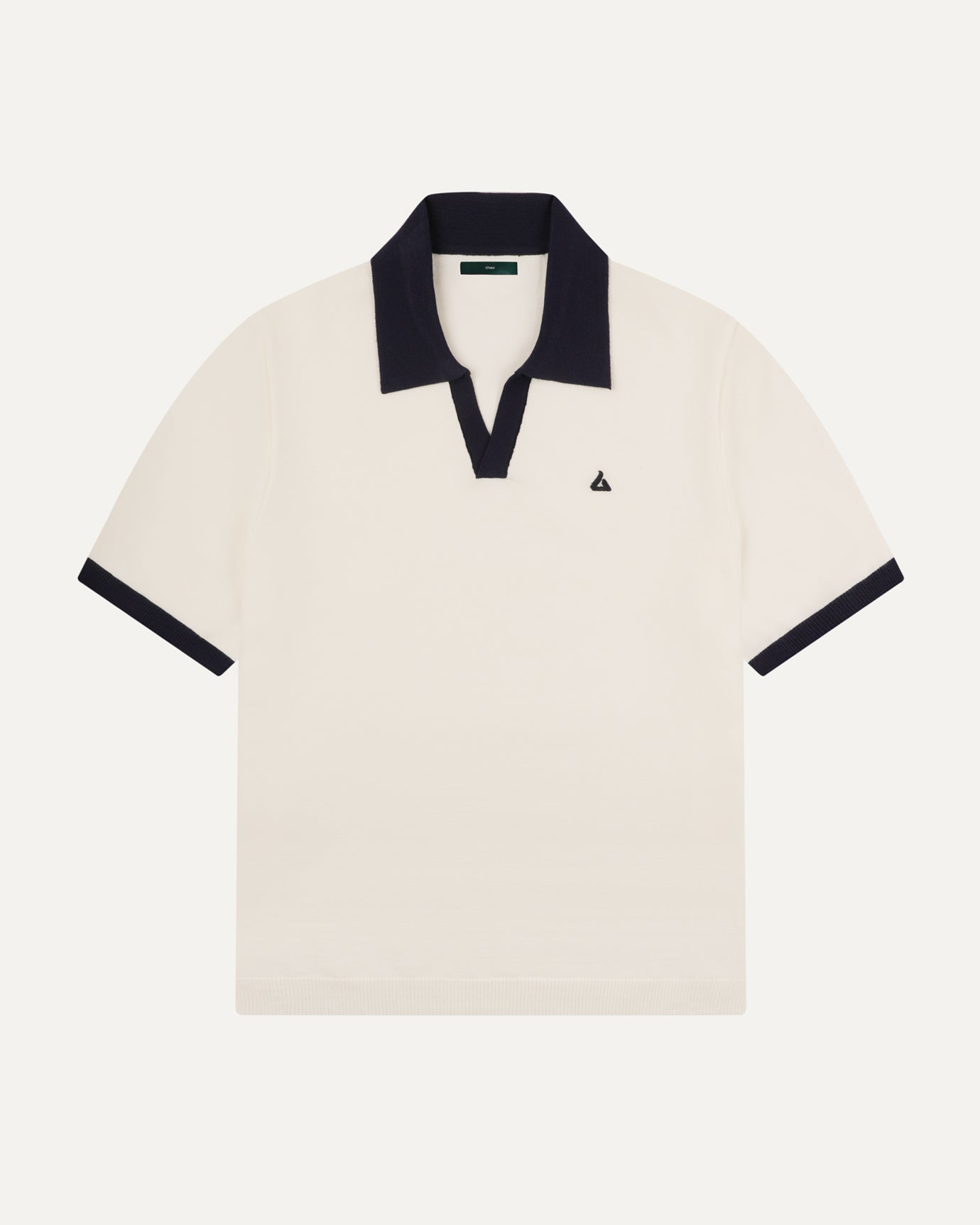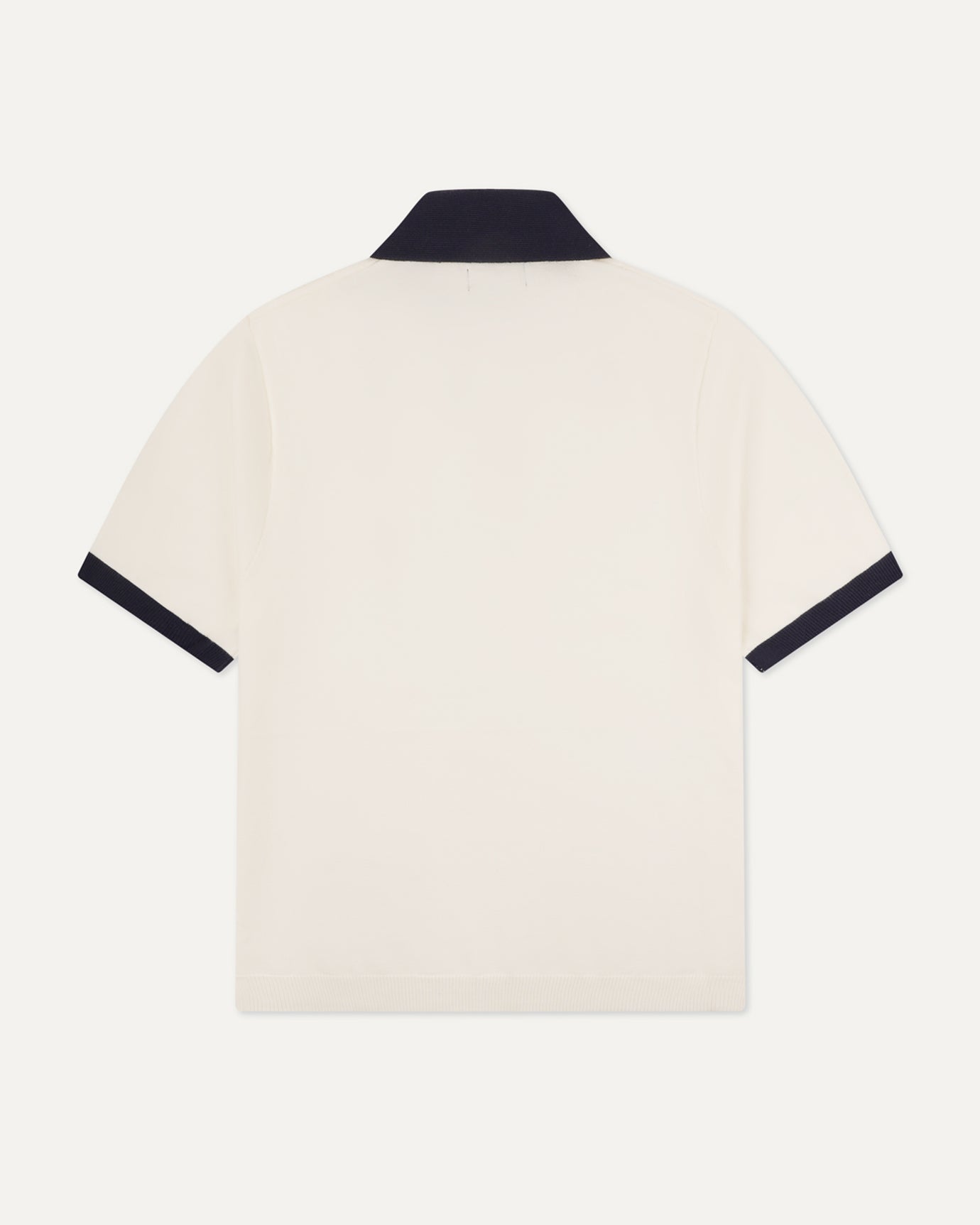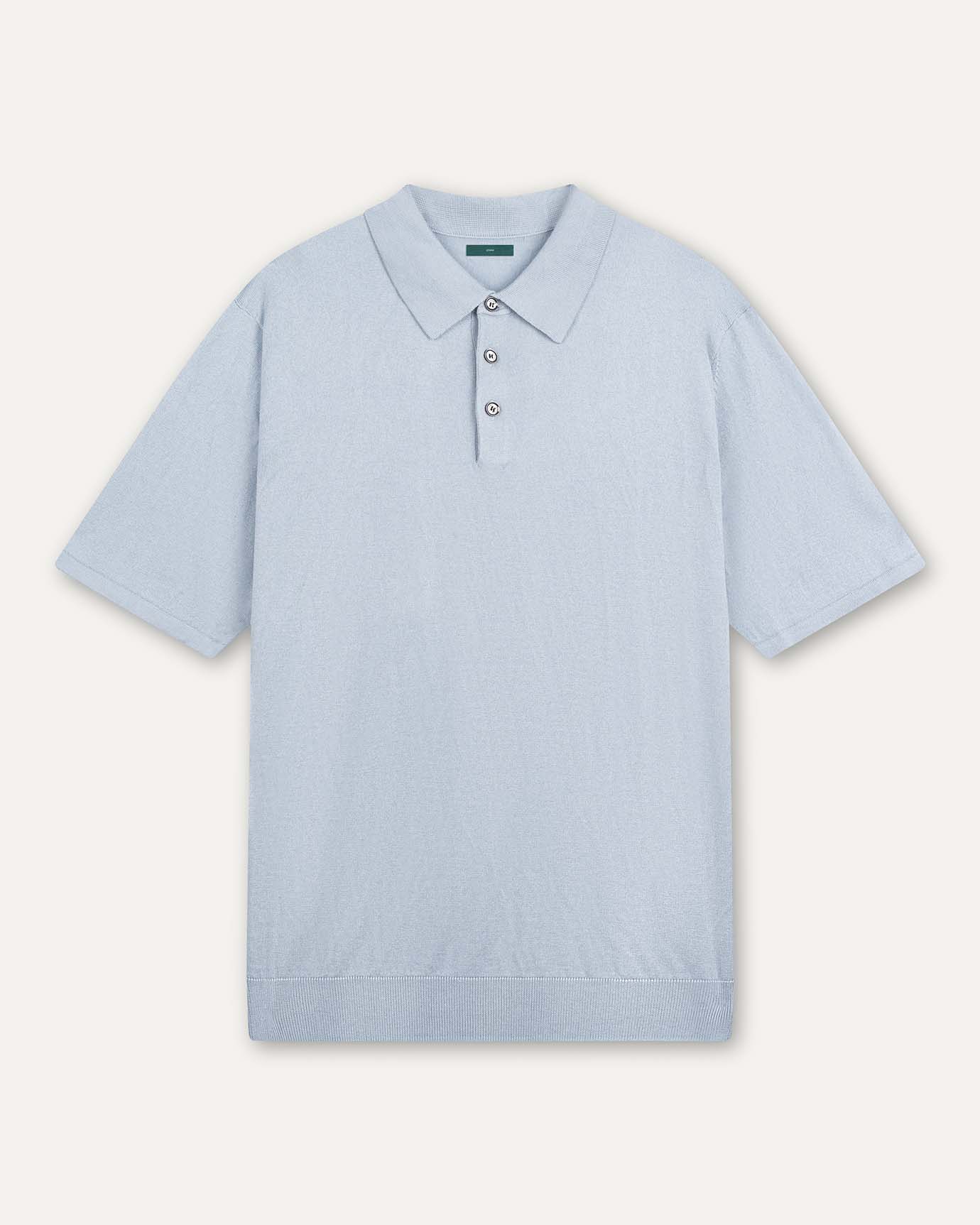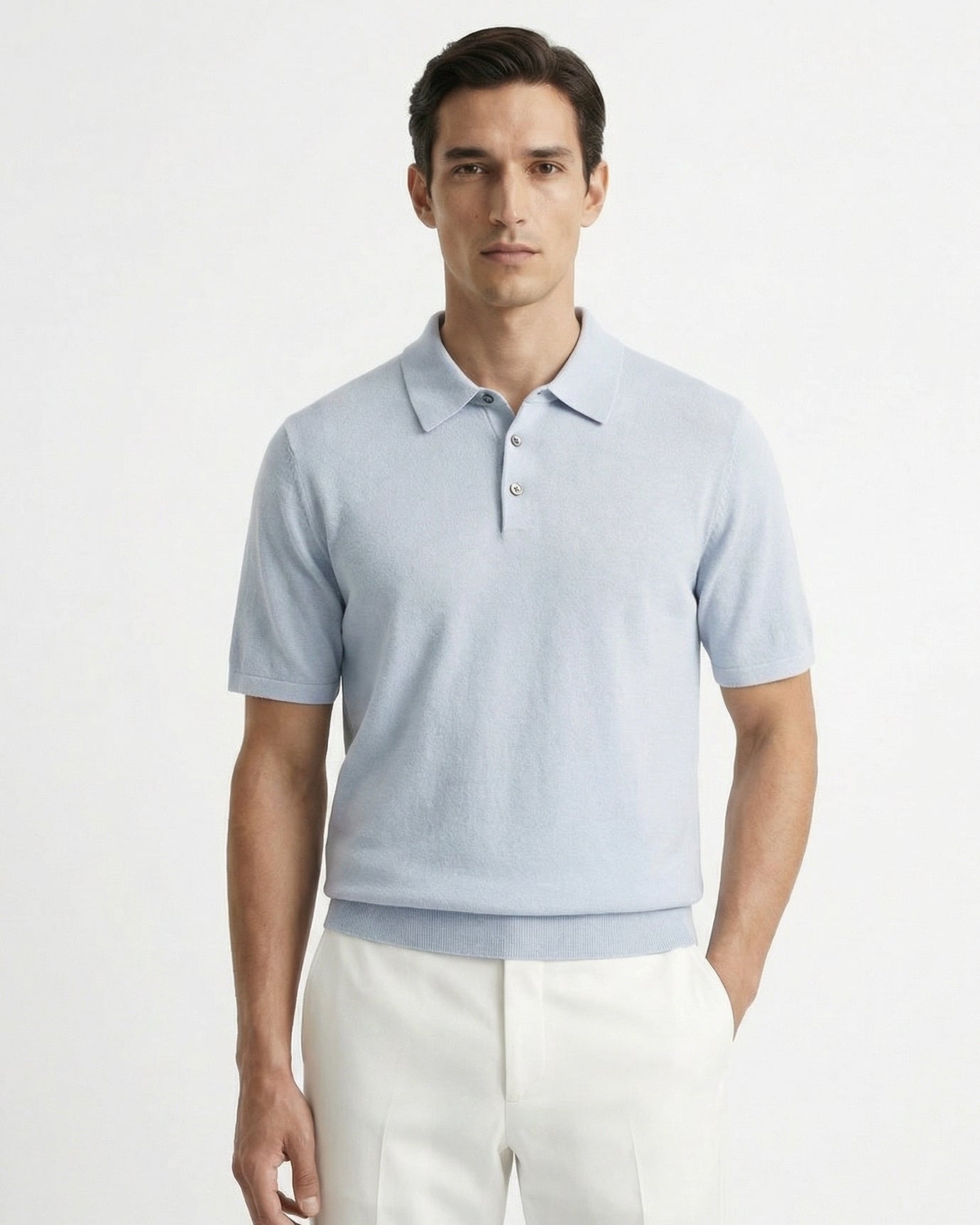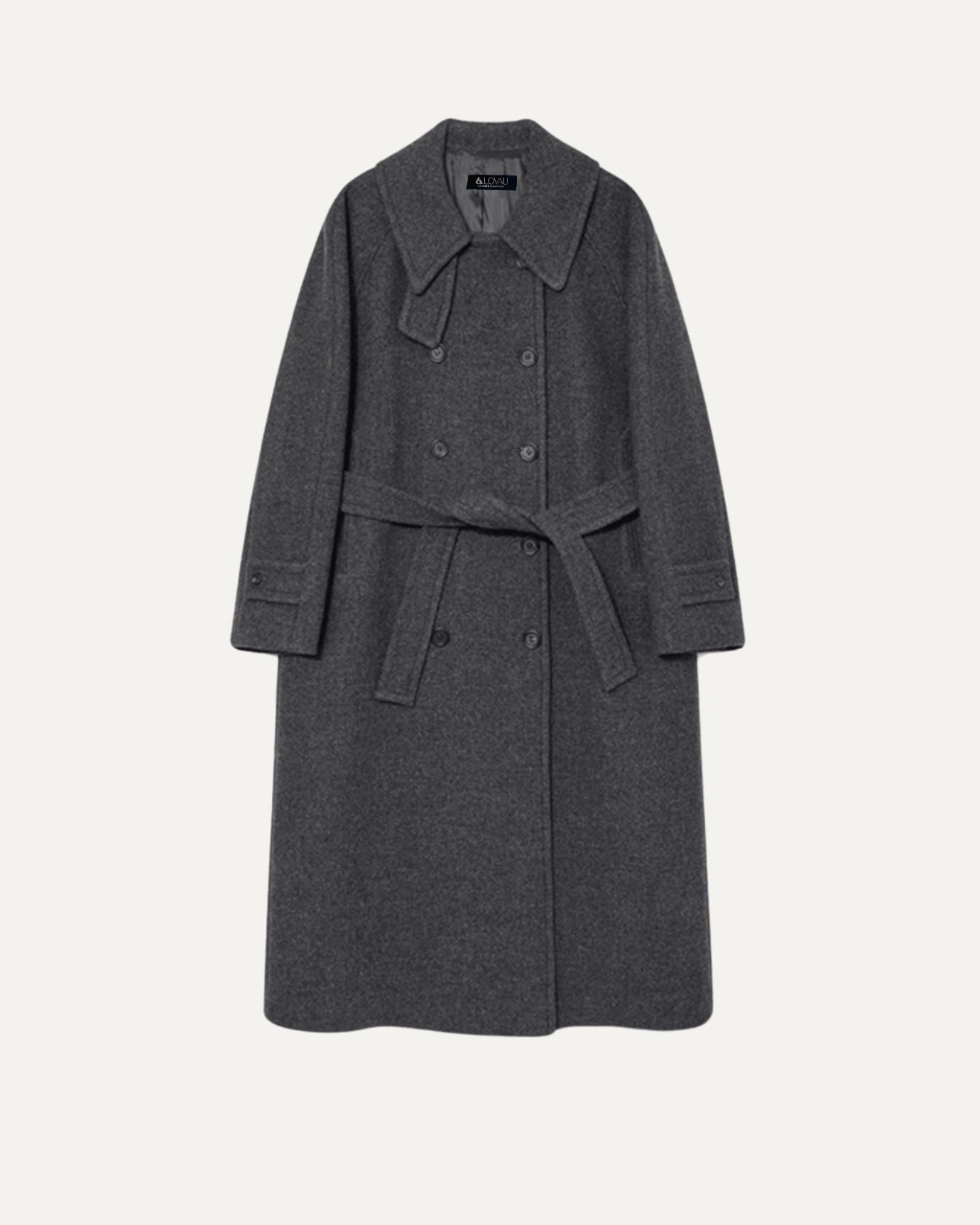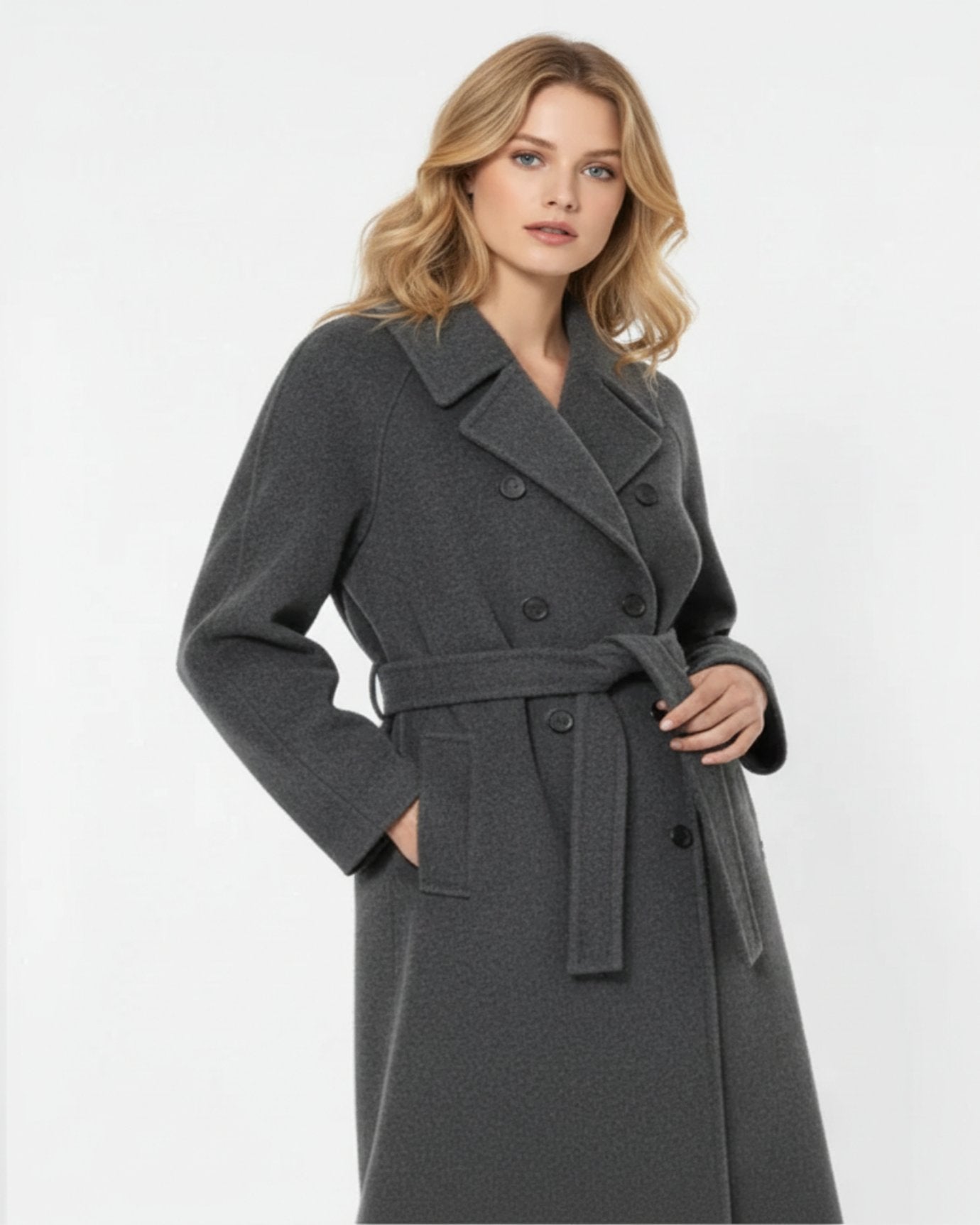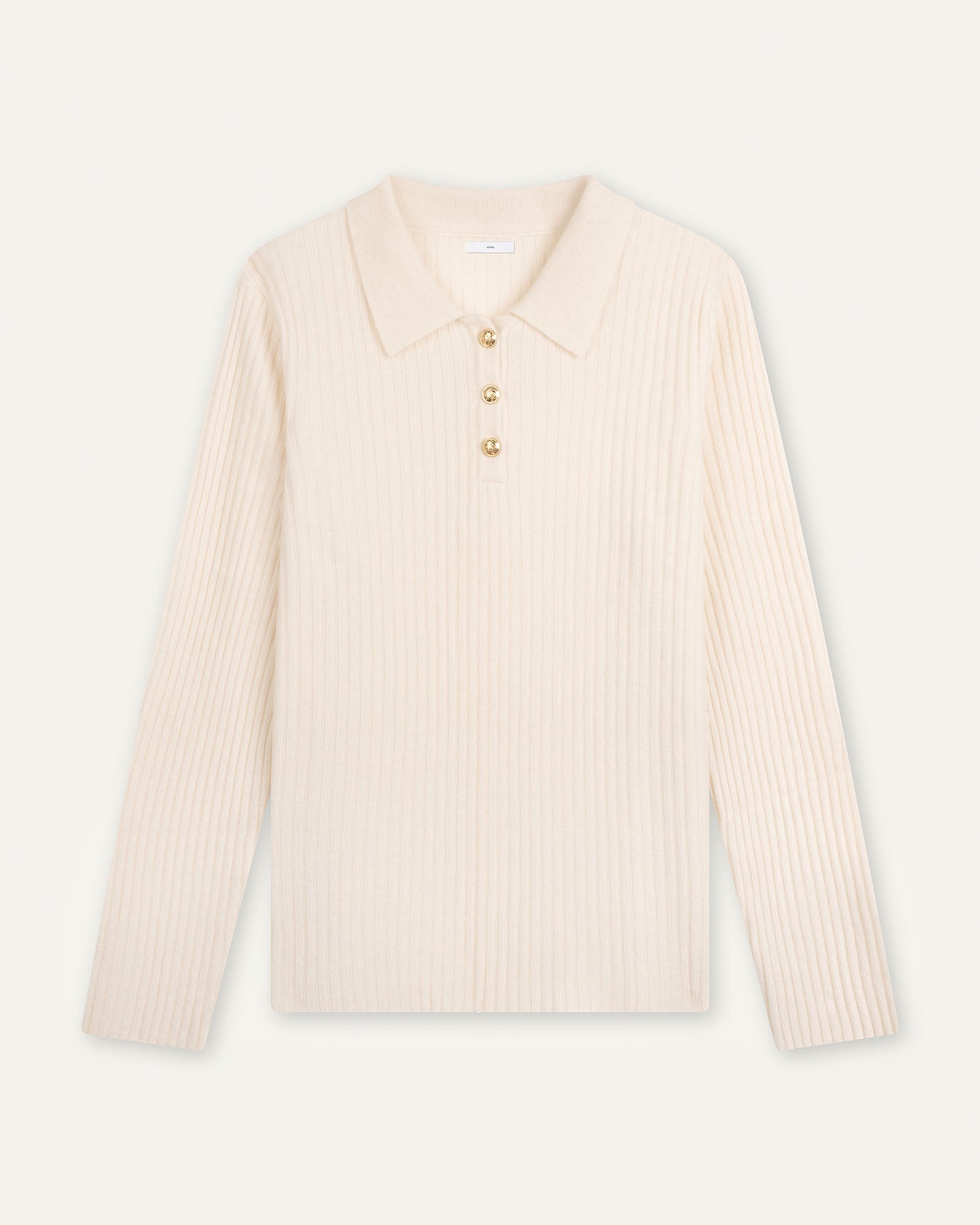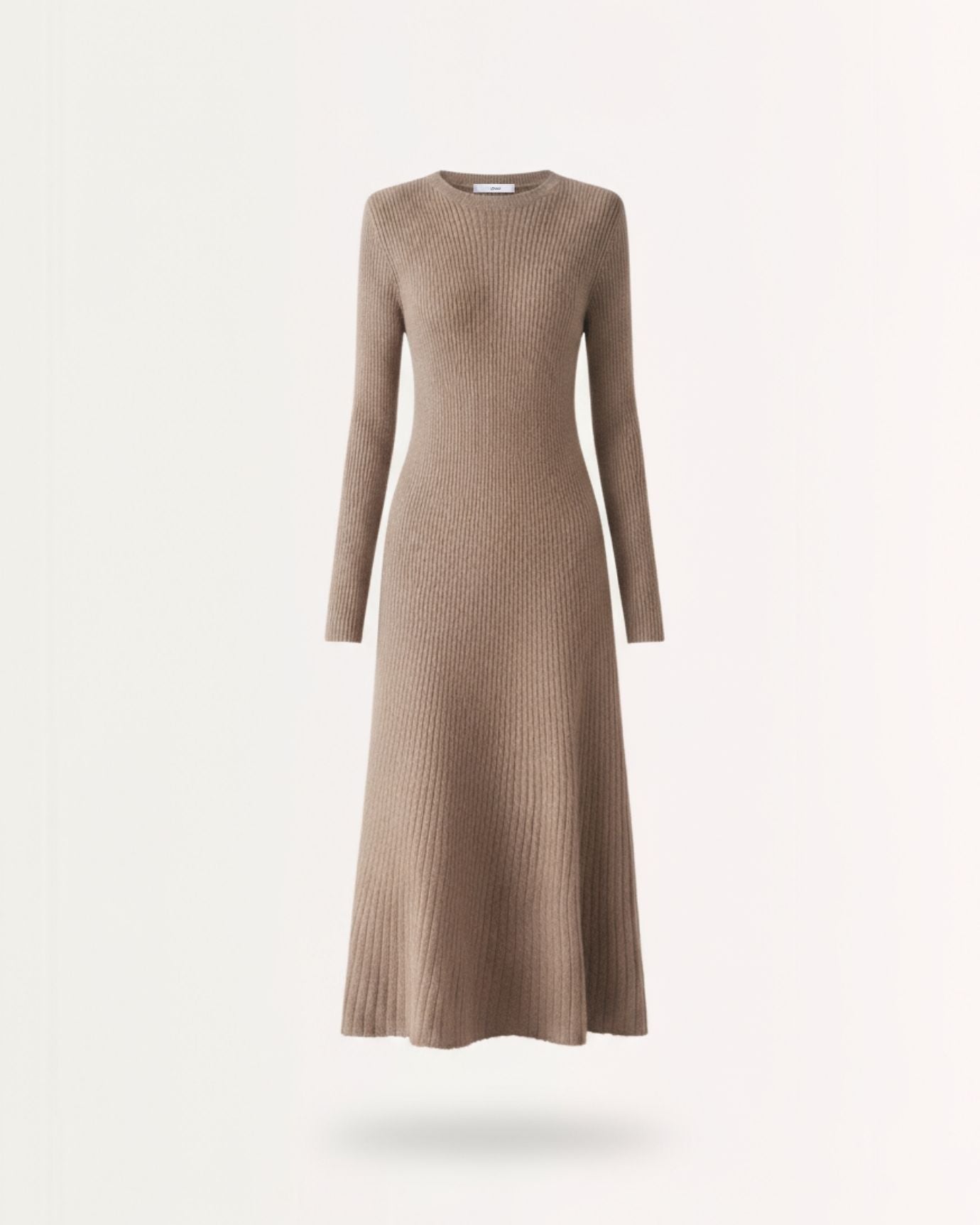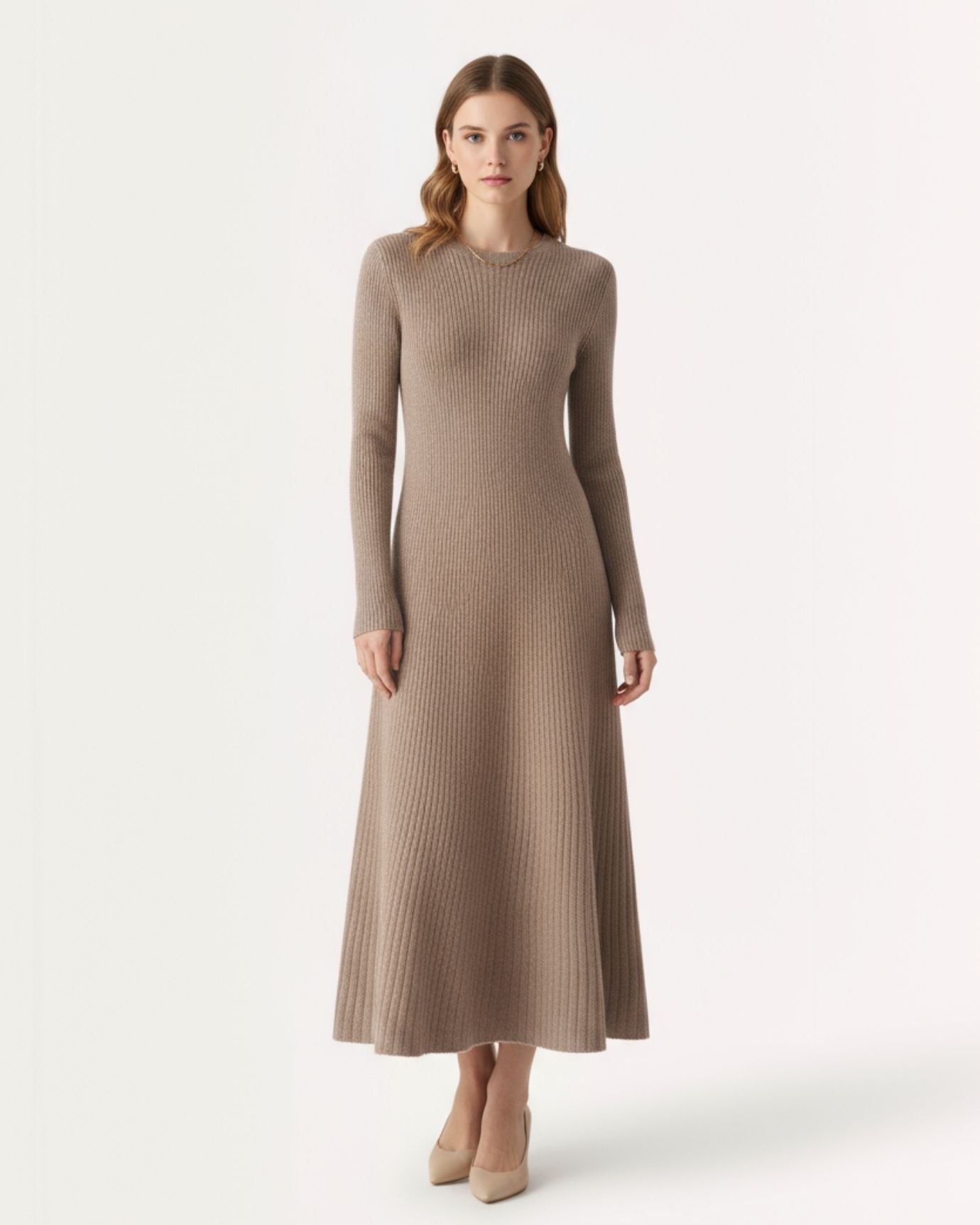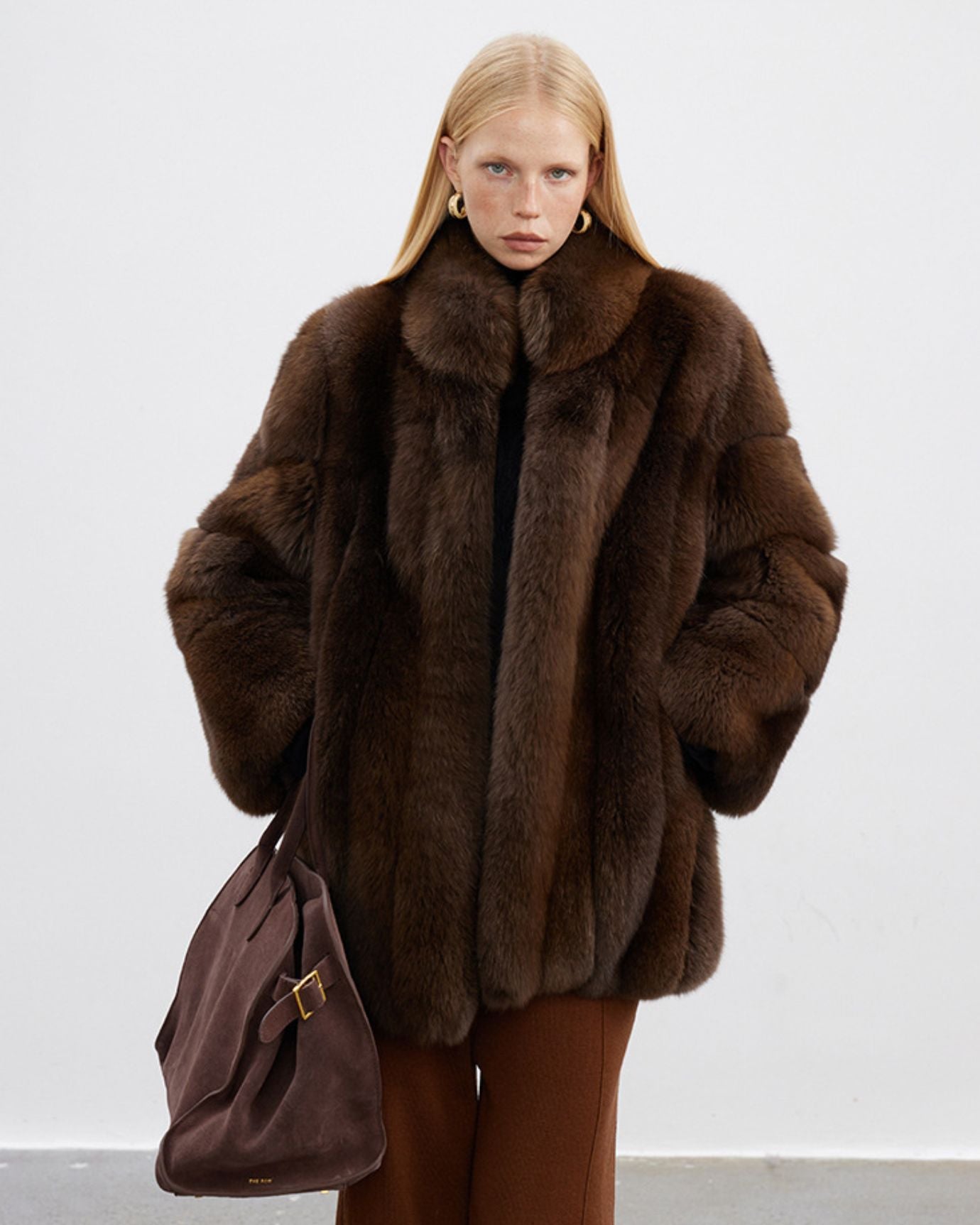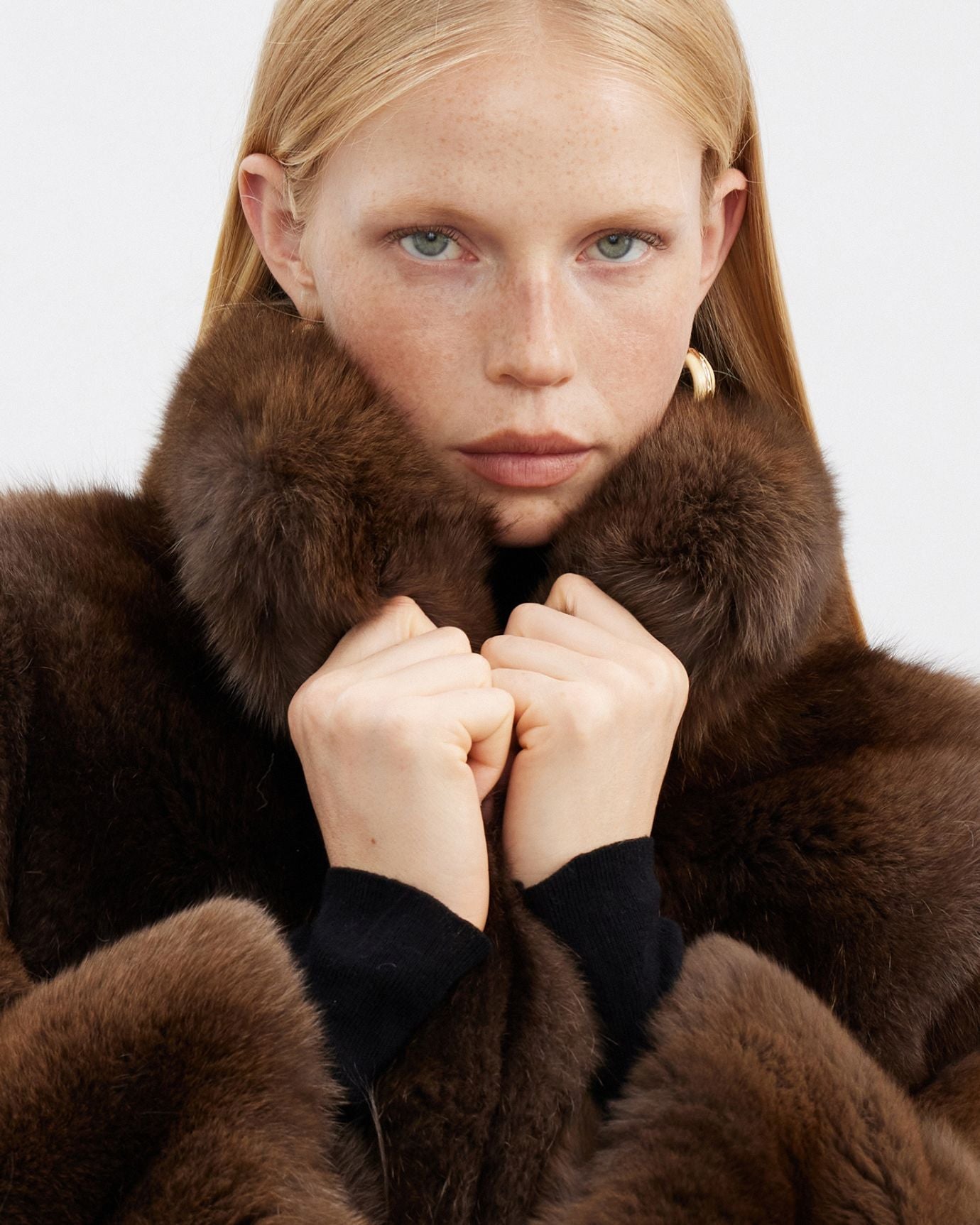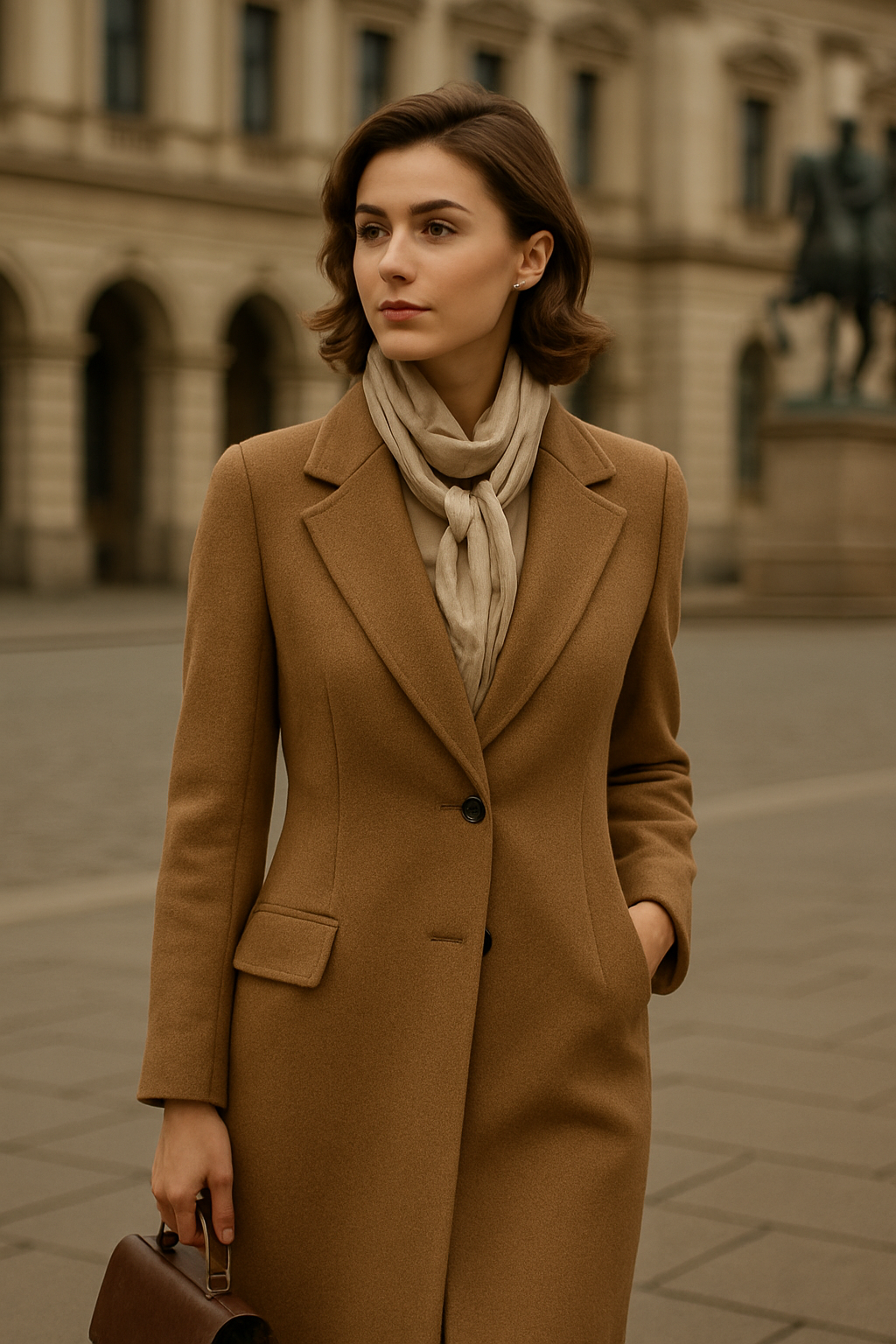
Die Psychologie hinter Old Money Fashion: Warum sie mühelos aussieht
Der Reiz der Old-Money-Mode ist unbestreitbar. Ob die sanfte Eleganz eines Kaschmirpullovers oder die tadellose Passform eines Wollblazers – diese Ästhetik strahlt Selbstbewusstsein, Raffinesse und ein Gefühl stiller Kraft aus. Doch was macht diesen Stil so mühelos? Das Geheimnis liegt nicht nur in der Kleidung selbst, sondern in den psychologischen Prinzipien, die hinter ihrer Trageweise stecken. Lassen Sie uns die mentalen Rahmenbedingungen und sozialen Prägungen erkunden, die Old-Money-Mode so natürlich elegant erscheinen lassen.
Die Macht der Subtilität
Eine der stärksten psychologischen Kräfte hinter dem Old-Money-Stil ist Subtilität . Statt offenkundigen Reichtums setzt aristokratische Mode auf gedeckte Töne, klassische Schnitte und hochwertige Stoffe. Dieses bewusste Understatement vermittelt eine starke Botschaft: Der Träger ist sich seines Status sicher und braucht keine Bestätigung. Psychologisch signalisiert diese Zurückhaltung Selbstsicherheit und ein hohes Selbstwertgefühl.

Vererbtes Vertrauen
Der Old-Money-Stil geht oft mit Generationenreichtum einher. Dieses Erbe prägt ein stilles Selbstbewusstsein , das schon in der frühen Kindheit vermittelt wird. Sich gut zu kleiden ist keine Selbstverständlichkeit, sondern Gewohnheit. Das Ergebnis ist ein Stil, der instinktiv wirkt, weil er es auch ist. Diese erlernte Leichtigkeit erzeugt einen unterbewussten Eindruck von Authentizität und lässt die Mode natürlich und nicht kuratiert erscheinen.
Der Halo-Effekt
Psychologen beschreiben den Halo-Effekt als kognitive Verzerrung: Menschen gehen davon aus, dass jemand, der in einem Bereich herausragend ist, auch in anderen Bereichen herausragend sein muss. Die Mode des alten Geldes spielt dabei eine Rolle. Wenn sich jemand zeitlos elegant kleidet, projizieren Beobachter oft Eigenschaften wie Intelligenz, Vertrauenswürdigkeit und Erfolg auf ihn. Der Stil wirkt mühelos, weil er unterbewusst Bewunderung auslöst.
Der Komfort der Einheitlichkeit
Eine weitere psychologische Taktik ist die Verwendung einer persönlichen Uniform . Viele Angehörige der Old-Money-Familie tragen Variationen derselben Kleidungsstücke – weiße Hemden , dunkelblaue Blazer, neutrale Hosen. Dieser Ansatz reduziert Entscheidungsmüdigkeit und erhöht die Konsistenz. Uniformität wirkt psychologisch beruhigend; sie stärkt die Identität und erleichtert das Ausstrahlen von Selbstvertrauen.

Weniger ist mehr: Kognitive Einfachheit
Das Gehirn liebt Einfachheit. Ein gut abgestimmtes Outfit ohne störende Geräusche lässt sich leichter verarbeiten. Dieses Phänomen nennt man kognitive Flüssigkeit . Old-Money-Mode mit ihren klaren Linien und neutralen Farbpaletten schafft eine geistig ansprechende Ästhetik. Sie ist nicht nur stylisch, sondern auch neurologisch befriedigend.
Assoziation mit Stabilität
Der Old-Money-Look ist eng mit Tradition , Erbe und Stabilität verbunden . Psychologisch gesehen vertrauen wir dem, was sich beständig und langlebig anfühlt. Zeitlose Kleidung vermittelt Bodenständigkeit und Verlässlichkeit. Diese subtilen Signale haben im persönlichen und beruflichen Umgang große Wirkung.
Die Rolle der Fellpflege
Kleidung allein erzeugt nicht den Old-Money-Effekt. Haare, Hautpflege und Haltung sind ebenso wichtig. Diese Aspekte tragen dazu bei, dass man als ausgeglichen und diszipliniert wahrgenommen wird. Gutes Aussehen weckt psychologische Signale von Ordnung und Selbstachtung und wertet das gesamte Erscheinungsbild auf.
Anti-Status-Symbolik
Im Gegensatz zu auffälligen Logos und markenzentrierter Mode ist der Old-Money-Stil das ursprüngliche Anti-Statussymbol . Dieses Paradoxon – teuer aussehen, ohne anzugeben – ist zutiefst psychologisch. Es stellt das Konsumentenverhalten auf den Kopf, indem es offenkundigen Konsum ablehnt. Stattdessen sagt dieser Stil : „Ich muss nichts beweisen.“ Dieses stille Selbstbewusstsein ist unglaublich attraktiv.
Selbstkonzept und Konsistenz
Ein wichtiger Aspekt der Modepsychologie ist die Frage, wie Kleidung das Selbstbild stärkt . Menschen aus der Oberschicht neigen dazu, Eleganz als Teil ihrer Identität zu verinnerlichen. Ihre Garderobe wird zum Ausdruck tief verwurzelter Werte. Je besser ein Stil zum eigenen Selbst passt, desto natürlicher und müheloser wirkt er.
Verzögerte Befriedigung
Wer sich für Old-Money-Mode entscheidet, widersetzt sich Trends und wartet auf die passenden Stücke. Dieses Verhalten entspricht dem psychologischen Merkmal der Belohnungsverzögerung – der Fähigkeit, auf sofortigen Genuss zugunsten einer langfristigen Belohnung zu verzichten. Diese Disziplin zeugt von Reife und emotionaler Intelligenz, die sich subtil im Aussehen ausdrücken.

Abschließende Gedanken: Mode jenseits von Stoff
Old-Money-Mode ist mehr als nur Stoff und Passform – sie ist eine Geisteshaltung. Ihr müheloses Erscheinungsbild basiert auf Selbstvertrauen, Einfachheit und Beständigkeit, die tief in psychologischen Gewohnheiten und kultureller Prägung verwurzelt sind. Wer diese zugrunde liegenden Prinzipien versteht, kann diese Ästhetik auf eine Weise annehmen, die sich natürlich und wirkungsvoll anfühlt.
Sie brauchen weder ein Familienwappen noch einen Treuhandfonds, um sich wie altes Geld zu kleiden. Sie brauchen lediglich Zurückhaltung, Eleganz und Selbstbewusstsein. Denn wahre Eleganz ist nicht übertrieben – sie ist einfach da.



